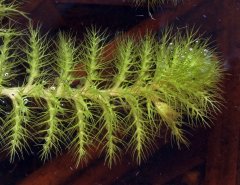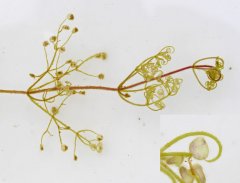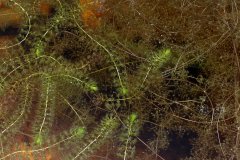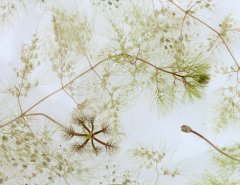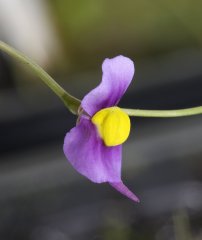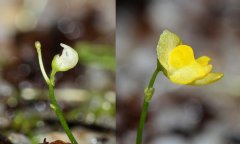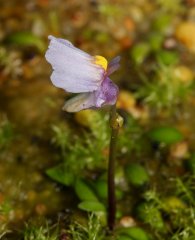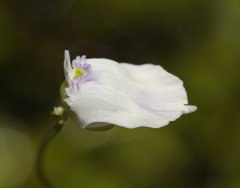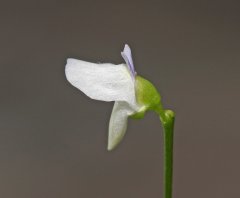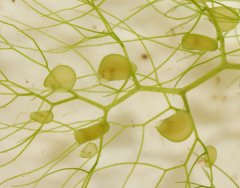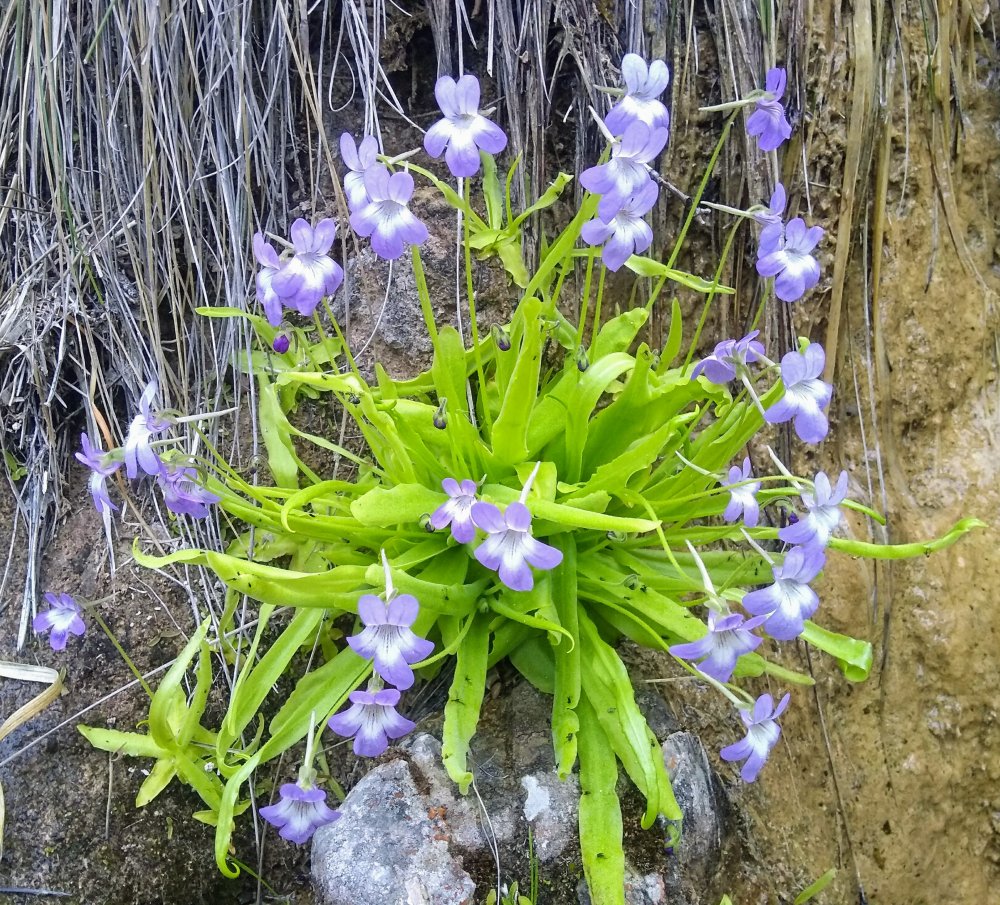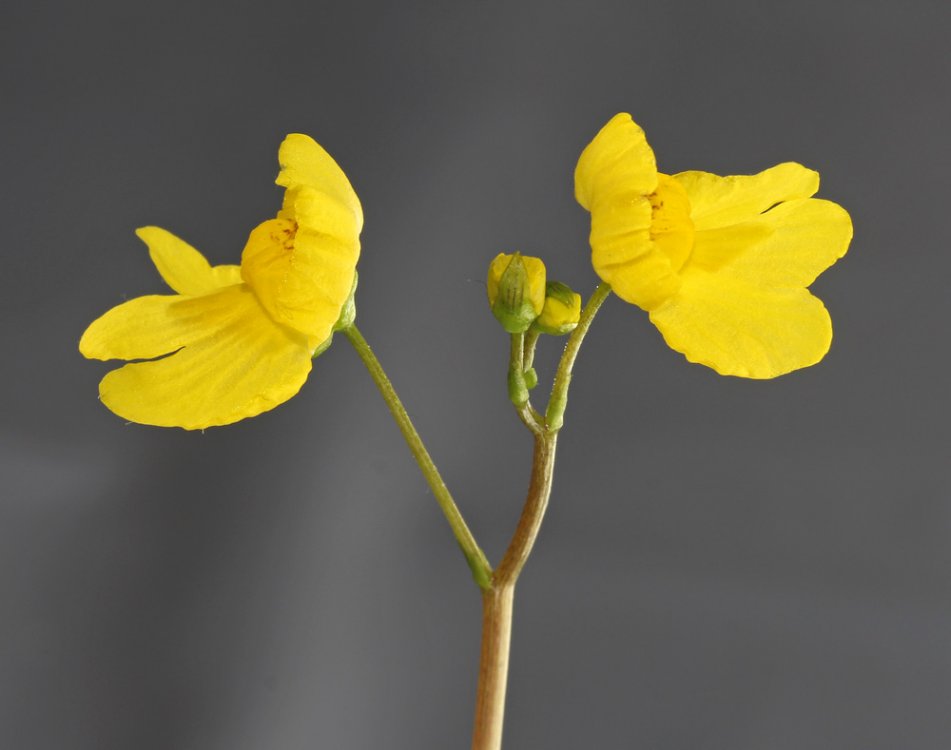-
Posts
90 -
Joined
-
Last visited
-
Days Won
9
Content Type
Profiles
Events
Forums
Gallery
Blogs
Everything posted by jcz
-
From the album: JCZ's photos
Genlisea flexuosa. -
From the album: JCZ's photos
Genlisea africana. -
From the album: JCZ's photos
Utricularia aurea. -
From the album: JCZ's photos
Utricularia purpurea. -
From the album: JCZ's photos
Utricularia reflexa. -
From the album: JCZ's photos
Utricularia purpurea. -
From the album: JCZ's photos
Utricularia -
From the album: JCZ's photos
Aldrovanda vesiculosa & Utricularia purpurea. -
The water you put on your pots is not the same as the water it comes out after passing through the substrate, which is the one the roots are in contact with. Even if you continuously add only 50 ppm water with something in principle harmless, it may reach harmful concentrations after time. But a little bit of the most usual salts in water (carbonates, sulphates) does not have a detrimental effect, as they are retained, complexed, metabolized, etc. with time, or they are not enough to harm before repotting. If that amount is exceeded, the problems start sooner or later depending of the specific substances and the concentration they reach, as we all know. You, however, do not continuously add a solution of 200 ppm tanic acid, just to put an example (it is obviously an unrealistic extreme to be illustrative), so the ppm in the substrate after it first contact with distilled water and the ppm of the water you use to regularly water the plants are not comparable.
-
You may have a relatively high concentration of some organic acids (tanic, etc.), and surely other substances that dissociate in water (so they add to the conductivity), and the plants be perfectly happy. I would worry with high ppm values though, let's say, e.g., well above 200.
-
It is interesting that I see so frequently people having problems by keeping Cephalotus too wet. I have mine in the same pots as Sarracenia (literally, I do not have any independent pots for Cephalotus), outside year round (ca. -5ºC in winter, ca. 40ºC in summer), in full sun 5-7 h/day, and growing in permanently wet Sphagnum. They don't seem to mind, and they are definitely not close to die after being in these conditions for over five years. Not that I recommend this setting, the plants stay relatively small, the pitchers are clearly smaller than those I had when I was using a terrarium, but I think it is also normal due to the light intensity. But I just wonder how adaptable they are.
-
Pinguicula season is advancing in southern Spain. Here, a large flowering clump of P. vallisneriifolia. One of my favourite species, fortunately still with several healthy populations with hundreds to thousands of plants. This species typically grows on calcareous cliffs that are very wet year round, often with some running water. Cold in winter, with frequent frosts (but not or rarely freezing solid), and hot in summer, although the places where the plants sit remain relatively fresh. It is one of the largest species, large adult plants may have leaves over 25 cm long! I hope you like it.
-
Yes. Indeed, I can even send you this very same plant (just not in flower anymore). Let's talk by PM.
-
-
Something people from the East coast of North America probably see frequently, but for me it is very exciting to induce Utricularia inflata flowering at home, after a few years growing it (container with clean water obviously just for the photo). It is a very elegant plant, the peduncle ca. 15-20 cm long, and can get much longer. And the flowers are nicely scented.
-
From the album: JCZ's photos
-
Maybe you put too much emphasis on the algal/moss development to decide whether a substrate is of good quality or not. I think the key question would be: what is special in your new peat that does not allow algae/mosses to grow? I have got moss growth even in sterilized peat given enough time (so spores can reach the place) and favourable conditions for its development. If I get a peat that is not colonized by mosses at all (in places where moss is favored to grow), I would be suspicious...
-
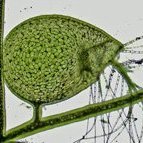
ICPS cultivar definition
jcz replied to PofW_Feathers's topic in General Carnivorous Plant Discussion
The definition of a cultivar is "an assemblage of plants that (a) has been selected for a particular character or combination of characters, (b) is distinct, uniform, and stable in these characters, and (c) when propagated by appropriate means, retains those characters". Also, in considering whether two or more plants belong to the same or different cultivars, their origins are irrelevant. For example, if a group of plants (not only one) is registered as a cultivar because of a certain set of traits, descendants by sexual reproduction also retaining those traits may form part of the cultivar. -
From the album: JCZ's photos
Utricularia parthenopipes. -
From the album: JCZ's photos
Genlisea aurea. -
From the album: JCZ's photos
Utricularia welwitschii. -
From the album: JCZ's photos
Utricularia uniflora. -
From the album: JCZ's photos
Utricularia subulata. Cleistogamous (left) and chasmogamous (right) flowers. -
From the album: JCZ's photos
Utricularia sandersonii.




